Dandruff Shampoo for Vitiligo: Skin Pigment Symptoms & Treatment
What causes light or dark skin spots? How to distinguish tinea versicolor and vitiligo? Explore the symptoms, diagnosis, and treatment options for these skin conditions.
Distinguishing Tinea Versicolor and Vitiligo
Skin discoloration can have various causes, and two common ones are tinea versicolor and vitiligo. While these conditions may appear similar, they have distinct causes, symptoms, and treatment approaches.
Understanding Tinea Versicolor
Tinea versicolor (TV), also known as pityriasis versicolor, is a fungal infection caused by the yeast Malassezia. This yeast normally lives on the skin, but an overgrowth can lead to a rash with round, flat patches that are lighter or darker than the surrounding skin. TV commonly affects the chest and back, and it is more prevalent in warm, humid climates or during spring when the weather warms up. Oily skin and excessive sweating are risk factors for TV.
Recognizing Vitiligo
Vitiligo is an acquired disorder of skin depigmentation caused by the immune system attacking the melanocytes, the cells that produce melanin and give skin its color. In vitiligo, the affected areas lack pigment, appearing chalk or milk white. Vitiligo can be associated with other autoimmune conditions, such as thyroid disease and type 1 diabetes, and it often starts around age 20.

Distinguishing the Conditions
While both TV and vitiligo can cause light-colored patches on the skin, there are some key differences. TV typically affects the chest and back, while vitiligo is more common on the face, hands, elbows, and knees. The discoloration also differs, with TV causing patches that are slightly lighter than the surrounding skin, while vitiligo results in a complete lack of pigment in the affected areas.
Diagnosing and Treating Tinea Versicolor
Tinea versicolor is usually diagnosed by visual examination, and a Wood lamp (a tool that uses ultraviolet light) may be used to make the patches more visible. Treatment often involves topical antifungal treatments, and some people use dandruff shampoo as a body wash to keep the condition at bay, as the same yeast that causes TV can also cause dandruff.
Diagnosing and Treating Vitiligo
Vitiligo is typically diagnosed through visual examination, and a skin biopsy may be done if more information is needed. Treatment options for vitiligo include skin creams, pills, and light therapy (phototherapy). The choice of treatment depends on the extent of the affected areas.
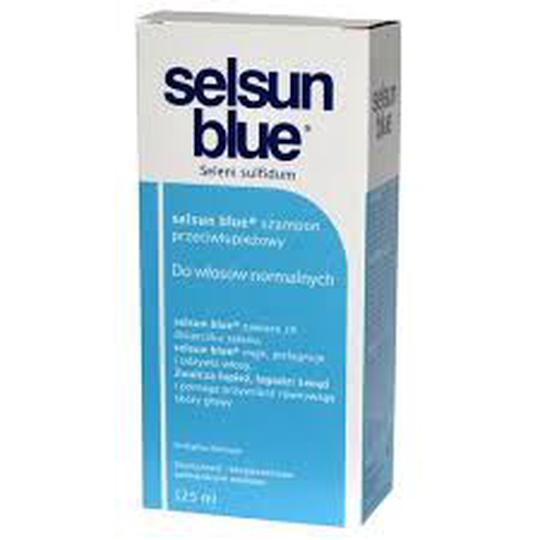
Seeking Professional Help
If you notice any unusual skin discoloration, it’s best to consult with a dermatologist or healthcare provider. They can accurately diagnose the condition and recommend the most appropriate treatment plan.
What are the key differences between tinea versicolor and vitiligo in terms of appearance?
The main difference in appearance is that tinea versicolor causes patches that are slightly lighter than the surrounding skin, while vitiligo results in a complete lack of pigment, leaving the affected areas appearing chalk or milk white.
How do the common locations of tinea versicolor and vitiligo differ?
Tinea versicolor typically affects the chest and back, while vitiligo is more often seen on the face, hands, elbows, and knees.
What are some risk factors for developing tinea versicolor?
Oily skin, excessive sweating, and warm, humid environments are all risk factors for developing tinea versicolor.
Is there any connection between vitiligo and other autoimmune conditions?

Yes, vitiligo can be associated with other autoimmune disorders, such as thyroid disease and type 1 diabetes.
How is tinea versicolor typically treated?
Tinea versicolor is often treated with topical antifungal treatments, and some people use dandruff shampoo as a body wash to help keep the condition at bay.
What are the main treatment options for vitiligo?
Treatment for vitiligo may include skin creams, pills, or light therapy (phototherapy), depending on the extent of the affected areas.
When should someone seek professional help for skin discoloration?
If you notice any unusual skin discoloration, it’s best to consult with a dermatologist or healthcare provider, who can accurately diagnose the condition and recommend the most appropriate treatment plan.
Distinguish Between Tinea Versicolor and Vitiligo
If you notice light- or dark-colored areas on your skin, you may wonder what’s causing them and how to treat them. Two common causes of skin discoloration are tinea versicolor and vitiligo. Even though these skin conditions may look similar, they have different causes, and you’ll need to try different strategies to get them to clear up.
Jordan Abbott, MD, a dermatologist with Banner Health, explained more about what these conditions look like and how to treat them.
Tinea versicolor (TV), also called pityriasis versicolor, develops when too much yeast grows on your skin. The excessive yeast leads to a rash that looks like round flat patches which can be lighter or darker than the surrounding skin. It most often strikes the chest and back.
Vitiligo is an acquired disorder of depigmentation of the skin. “Normally your skin has pigment-producing cells called melanocytes. They produce melanin, which gives the skin its color. In vitiligo patches, these pigment-producing cells are absent,” Dr. Abbott said.
In vitiligo patches, these pigment-producing cells are absent,” Dr. Abbott said.
Both conditions can appear as light spots on the skin, and they don’t usually have any other symptoms. “If you didn’t see them, you wouldn’t know they were there,” Dr. Abbott said. In rare cases, tinea versicolor can be slightly itchy or dry. Neither condition is contagious, so don’t worry about catching TV or vitiligo if you touch someone who has it. Both can develop in people with any skin color.
How can you tell them apart?
TV and vitiligo usually affect different parts of your body. You’ll usually spot signs of vitiligo on the face, hands, elbows and knees. It’s unusual to see tinea versicolor on the hands or legs. TV is most common on the chest or back.
And the discoloration isn’t the same for both conditions. “While they both can have spots that are lighter than the surrounding skin, the color appears different to a trained eye,” Dr. Abbott said. TV can be a few shades lighter than the unaffected skin, due to decreased pigment in these spots. With vitiligo, the skin lacks all pigment in the affected areas, so it appears chalk or milk white.
With vitiligo, the skin lacks all pigment in the affected areas, so it appears chalk or milk white.
What to know about tinea versicolor
Tinea versicolor is a common fungal infection caused by a yeast called Malassezia, also known as Pityrosporum. This yeast normally grows on your skin and usually doesn’t cause any trouble unless here’s an overgrowth—that’s what causes tinea versicolor.
Heat, humidity and excessive sweating can trigger TV, so you see it more often in tropical climates. People also may develop this condition in the spring when the weather warms up. Oily skin is another risk factor, so it is more common in teens and young adults. And athletes are also at risk because of the sweaty, humid environment underneath their uniforms or workout clothes. To keep tinea versicolor infection from recurring, you should avoid excessive sweating, sun exposure and heat. Wearing sunscreen or protective clothing and opting for loose-fitting garments made of cotton can help reduce sweating.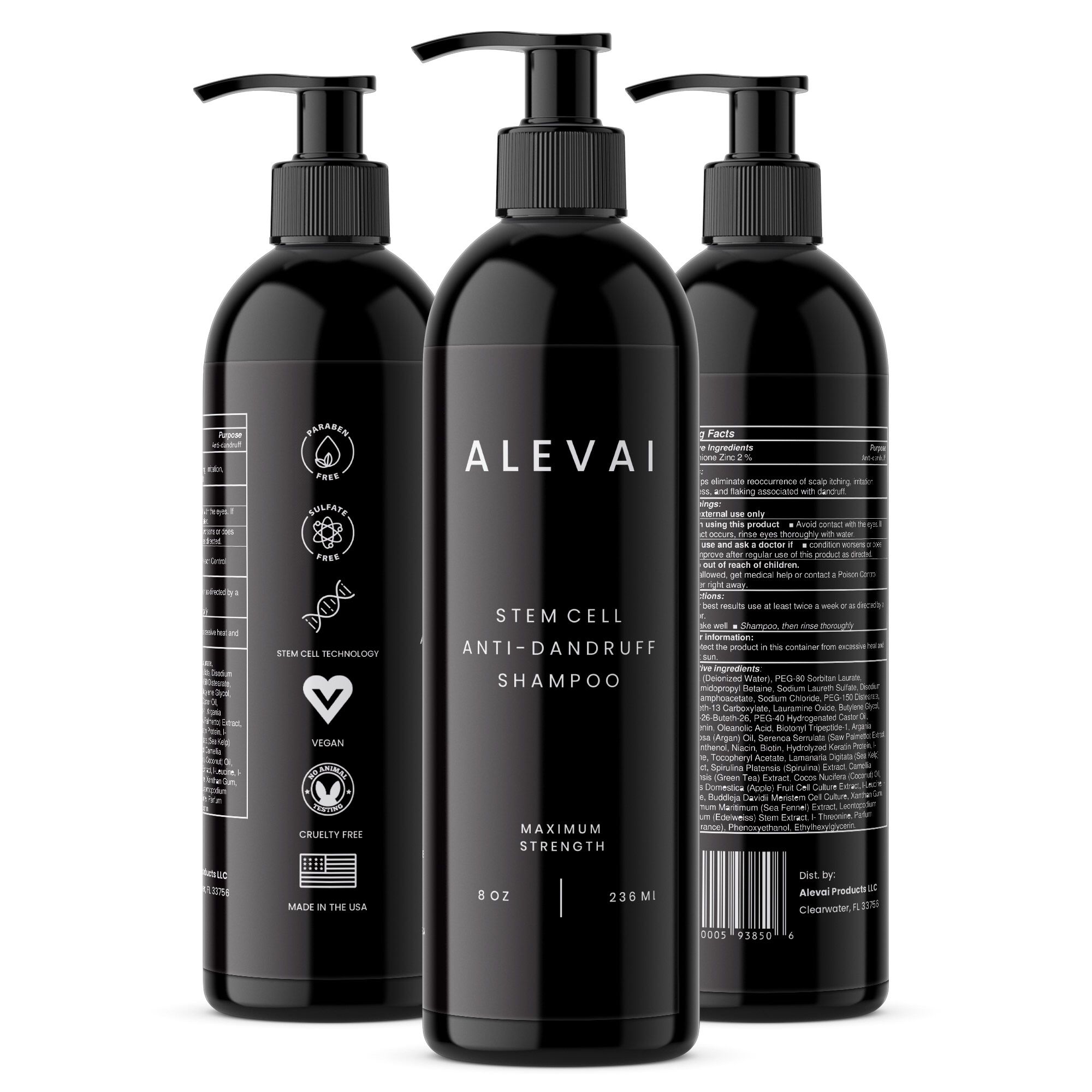
How to diagnose and treat tinea versicolor
Your health care provider can usually diagnose tinea versicolor by observation—it looks different than vitiligo and other skin conditions. They might use a tool called a Wood lamp which uses utraviolet light to see the patches more clearly.
If you’re diagnosed with TV, your dermatologist will probably recommend a short course of topical antifungal treatments you apply to your skin or take by mouth to help the rash clear up.
“It may sound funny, but one of the common treatments is to use anti-dandruff shampoo, like selenium sulfide (Selsun Blue) as a body wash in the shower,” Dr. Abbott said. That’s because the same yeast that causes TV may also cause dandruff. “It works best when you lather the product on your skin and allow it to sit for 10 minutes before rinsing.”
Some people who get tinea versicolor repeatedly use dandruff shampoo as body wash regularly to keep it at bay. Because the yeast that causes TV lives on your skin all the time, flare-ups are common.
What to know about vitiligo
Vitiligo is believed to be an autoimmune disorder where your immune system’s cells attack the melanocytes that produce pigment in your skin. It can be associated with other autoimmune conditions such as thyroid disease and type 1 diabetes. People commonly see it start around age 20. Some medications, such as immunotherapy used to treat certain cancers, can trigger vitiligo.
How to diagnose and treat vitiligo
Like TV, doctors can often diagnose vitiligo by examining your skin. If they need more information, they may take a skin biopsy so the cells can be evaluated in a lab.
If you have vitiligo, your doctor may recommend skin creams, pills or light therapy (phototherapy) for treatment. If the affected areas are smaller (less than 5% to 10% of your skin), you’ll probably try a skin cream first.
If vitiligo is spreading quickly, your doctor may prefer an oral medication that can help slow down or stop the spread. “With vitiligo, the goal of treatment is initially to stop the progression.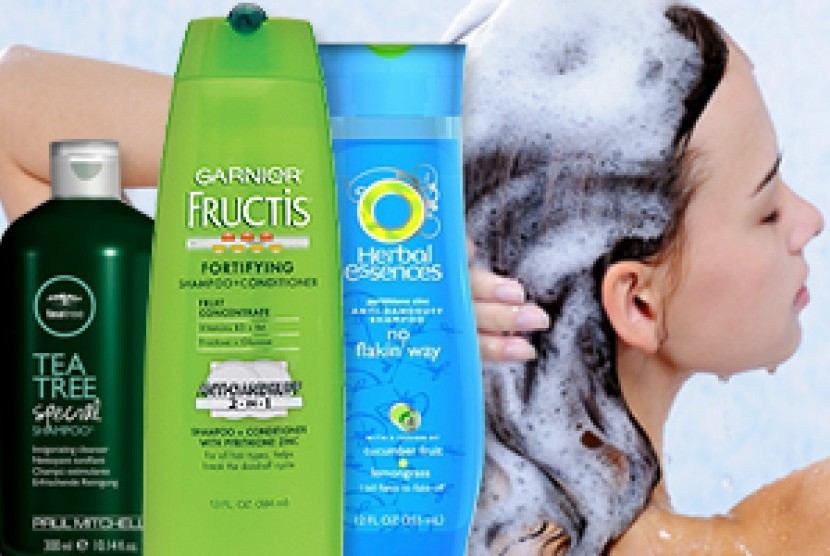 After that, the skin can begin to re-pigment,” Dr. Abbott said. Vitiligo can’t be cured, but it can be controlled. Some people use cosmetics to cover up the lighter areas.
After that, the skin can begin to re-pigment,” Dr. Abbott said. Vitiligo can’t be cured, but it can be controlled. Some people use cosmetics to cover up the lighter areas.
The bottom line
Tinea versicolor and vitiligo are two skin conditions that can look similar but have different causes and treatments. If you have light or discolored patches on your skin, your health care provider can figure out what’s behind them and recommend a treatment that can help clear up your skin.
Need help diagnosing or treating symptoms of tinea versicolor or vitiligo?
Schedule an appointment with a dermatologist.
Other useful articles about skin conditions
- Psoriasis and Five Similar-Looking Conditions You May Confuse With It
- Can Your Skin Condition Be Treated with Light Therapy?
- Here’s How to Break the Itchy Cycle of Hives
Dermatology
Vitiligo – Treatment – NHS
Treatment for vitiligo is based on changing the appearance of the skin by restoring its colour.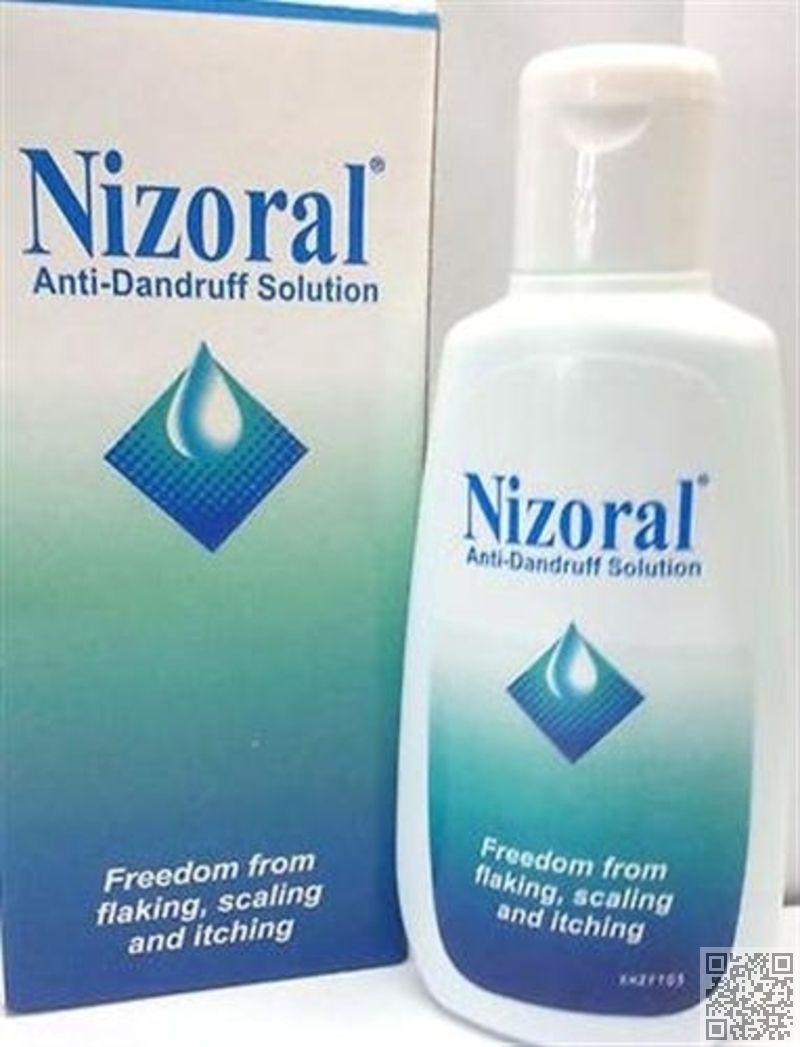
However, for some people treatment is not permanent, and it cannot always control the spread of the condition.
A GP may recommend:
- sun safety
- a referral for camouflage creams
- a topical steroid (a cream or ointment that contains a steroid)
Further treatment may not be necessary if, for example, you only have a small patch of vitiligo or your natural skin colour is very light.
You may be referred to a doctor who specialises in treating skin conditions (dermatologist) if further treatment is needed.
Protection from the sun
Sunburn is a severe risk if you have vitiligo. You must protect your skin from the sun and do not use sunbeds.
When skin is exposed to sunlight, it produces a pigment called melanin to help protect it from ultraviolet (UV) light. However, if you have vitiligo there is not enough melanin in your skin, so it is not protected.
However, if you have vitiligo there is not enough melanin in your skin, so it is not protected.
Always apply a sunscreen, ideally with a sun protection factor (SPF) of 50 or above, to protect your skin from sunburn and long-term damage. This is particularly important if you have fair skin.
Vitamin D
If your skin is not exposed to the sun, there’s an increased risk of vitamin D deficiency. Vitamin D is essential for keeping bones and teeth healthy.
Sunlight is the main source of vitamin D, although a form of vitamin D is also found in some foods, such as oily fish.
It might be difficult to get enough vitamin D from food and sunlight alone. You should therefore consider taking a daily supplement containing 10 micrograms (mcg) of vitamin D.
Skin camouflage
Skin camouflage creams can be applied to the white patches of skin. The creams are made to match a range of skin tones. The cream helps to blend the white patches with the rest of your skin, so they are not as noticeable.
The creams are made to match a range of skin tones. The cream helps to blend the white patches with the rest of your skin, so they are not as noticeable.
For advice about skin camouflage, a GP may refer you to the Changing Faces Skin Camouflage Service.
You need to be trained in using the camouflage creams, but the service is free (although donations are welcome) and some creams can be prescribed on the NHS.
Camouflage creams are waterproof and can be applied anywhere on the body. They last for up to 4 days on the body and 12 to 18 hours on the face.
Topical steroids
Topical steroids come as a cream or ointment you apply to your skin.
They can sometimes stop the spread of the white patches and may restore some of your original skin colour.
A topical steroid may be prescribed to adults if:
- you have non-segmental vitiligo on less than 10% of your body
- you want further treatment (sun protection and camouflage creams are enough for some people)
- you are not pregnant
- you understand and accept the risk of side effects
Speak to a GP if you want to use a topical steroid on your face.
Find out more about topical steroids.
Using topical steroids
A GP may prescribe a cream or an ointment, depending on what you prefer and where it will be used. Ointments are greasier.
Possible steroids that may be prescribed include:
- fluticasone propionate
- betamethasone valerate
A GP will tell you how to apply the cream or ointment to the patches and how much you should use. You usually need to apply the treatment once a day.
Topical steroids are measured in a standard unit called the fingertip unit (FTU). One FTU is the amount of topical steroid squeezed along an adult’s fingertip. One FTU is enough to treat an area of skin twice the size of an adult’s hand.
Follow-up
After 1 month, you’ll have a follow-up appointment so the GP can check how well the treatment is working and whether you have any side effects.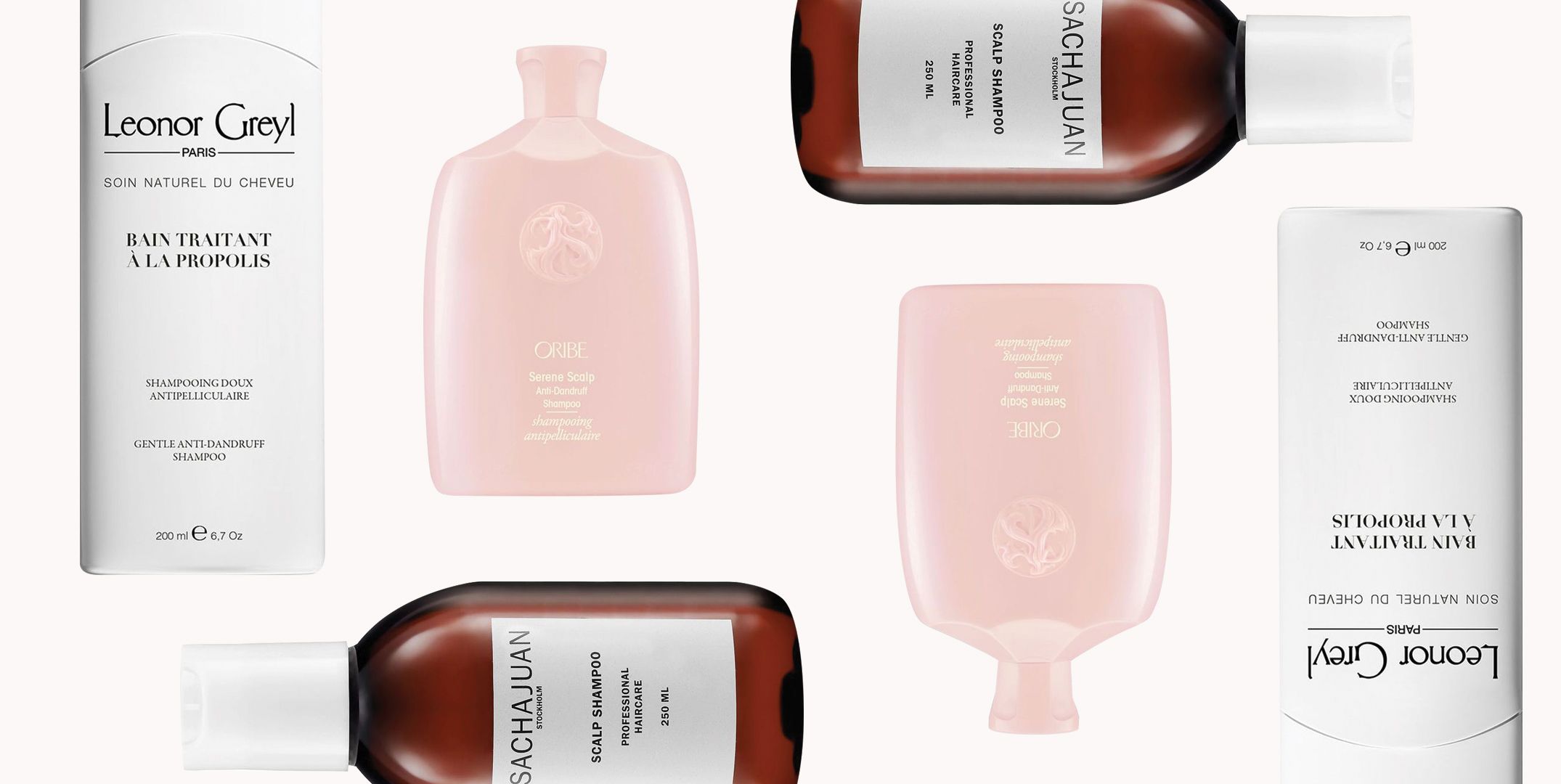 If the treatment is causing side effects, you may need to stop using a topical steroid.
If the treatment is causing side effects, you may need to stop using a topical steroid.
After another month or 2, the GP will check how much your vitiligo has improved. If there’s no improvement, you may be referred to a dermatologist.
If it’s improved slightly, you may continue treatment, but have a break from treatment every few weeks. You may also be referred to a dermatologist.
Treatment will be stopped if your vitiligo has improved significantly.
The GP may take photos of your vitiligo throughout your treatment to monitor any signs of improvement. You may also want to take photos yourself.
Side effects
Side effects of topical steroids include:
- streaks or lines in your skin (striae)
- thinning of your skin (atrophy)
- visible blood vessels appearing (telangiectasia)
- excess hair growth (hypertrichosis)
- burning, stinging or inflammation of your skin (contact dermatitis)
- acne
Referral
A GP may refer you to a dermatologist if:
- they’re unsure about your diagnosis
- you’re pregnant and need treatment
- more than 10% of your body is affected by vitiligo
- you’re distressed about your condition
- your face is affected and you want further treatment
- you cannot use topical steroids because of the risk of side effects
- you have segmental vitiligo and want further treatment
- treatment with topical steroids has not worked
Children with vitiligo who need treatment will also be referred to a dermatologist.
Some treatments a dermatologist may recommend are:
Topical pimecrolimus or tacrolimus
Pimecrolimus and tacrolimus are a type of medicine called calcineurin inhibitors, which are usually used to treat eczema.
Pimecrolimus and tacrolimus are unlicensed for treating vitiligo, but they can be used to help restore skin pigment in adults and children with vitiligo.
They can cause side effects, such as:
- a burning or painful sensation when applied to the skin
- making skin more sensitive to sunlight
- facial redness (flushing) and skin irritation if you drink alcohol
However, unlike steroids, pimecrolimus and tacrolimus do not cause thinning of the skin.
Phototherapy
Phototherapy (treatment with light) may be used for children or adults if:
- topical treatments have not worked
- the vitiligo is widespread
- the vitiligo is having a significant impact on your quality of life
Evidence suggests that phototherapy, particularly when combined with other treatments, has a positive effect on vitiligo.
During phototherapy, your skin is exposed to ultraviolet A (UVA) or ultraviolet B (UVB) light from a special lamp. You may first take a medicine called psoralen. This can be taken orally, added to bath water, by soaking individual body parts or in gel form.
This type of treatment is sometimes called PUVA (psoralen and UVA light).
Phototherapy may increase the risk of skin cancer because of the extra exposure to UVA rays. The risk of skin cancer is lower with UVB light. Your dermatologist should discuss the risk with you before you decide to have phototherapy.
Sunlamps that you can buy to use at home for light therapy are not recommended. They’re not as effective as the phototherapy you’ll receive in hospital. The lamps are also not regulated, so they may not be safe.
Skin grafts
A skin graft is a surgical procedure where healthy skin is removed from an unaffected area of the body and used to cover an area where the skin has been damaged or lost.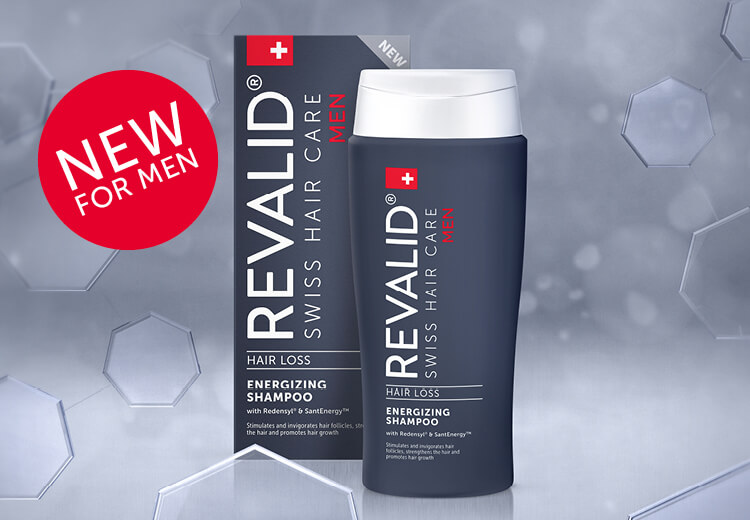 To treat vitiligo, a skin graft can be used to cover a white patch.
To treat vitiligo, a skin graft can be used to cover a white patch.
Skin grafts may be considered for adults in areas that are affecting your appearance if:
- no new white patches have appeared in the past 12 months
- the white patches have not become worse in the past 12 months
- the vitiligo was not triggered by skin damage, such as severe sunburn (Koebner response)
An alternative to skin grafting involves taking a sample of skin, removing the melanocytes from it and transplanting them onto the areas of vitiligo.
These types of treatments are time consuming, carry a risk of scarring and are not suitable for children. They’re also not widely available in the UK and are not funded by the NHS.
Depigmentation
Depigmentation may be recommended for adults who have vitiligo on more than 50% of their bodies, although it may not be widely available.
During depigmentation, a lotion is painted on to the normal skin to bleach the remaining pigment and make it the same colour as the depigmented (white) skin. A hydroquinone-based medicine is used, which has to be applied continuously to prevent the skin from re-pigmenting.
Hydroquinone can cause side effects, such as:
- redness
- itching
- stinging
Depigmentation is usually permanent and leaves the skin with no protection from the sun. Re-pigmentation (when the colour returns) can happen, and may differ from your original skin colour.
Other treatments
A dermatologist may recommend trying more than 1 treatment, such as phototherapy combined with a topical treatment. Other possible treatments include:
- excimer laser – high-energy beams of light that are used in laser eye treatment, but may also be used in phototherapy (not available on the NHS)
- vitamin D analogues – such as calcipotriol, which may also be used with phototherapy
- prednisolone tablets – a steroid, which has also been used with phototherapy; it can cause side effects
Complementary therapies
Some complementary therapies claim to relieve or prevent vitiligo. However, there’s no evidence to support their effectiveness, so more research is needed before they can be recommended.
However, there’s no evidence to support their effectiveness, so more research is needed before they can be recommended.
There’s very limited evidence that the herbal remedy ginkgo biloba may benefit people with non-segmental vitiligo. There’s currently no evidence to recommend it.
Check with a GP if you decide to use herbal remedies. Some remedies can react unpredictably with medicines or make them less effective.
Counselling and support groups
If you have vitiligo, you may find it helpful to join a vitiligo support group. It can help you understand more about your condition and come to terms with your skin’s appearance.
Charities such as The Vitiligo Society, may be able to put you in touch with a local support group (you may need to become a member first). A GP may also be able to suggest a support group.
If you have psychosocial symptoms – for example, your condition is causing you distress – a GP may refer you to a psychologist or a counsellor for treatment such as cognitive behavioural therapy (CBT).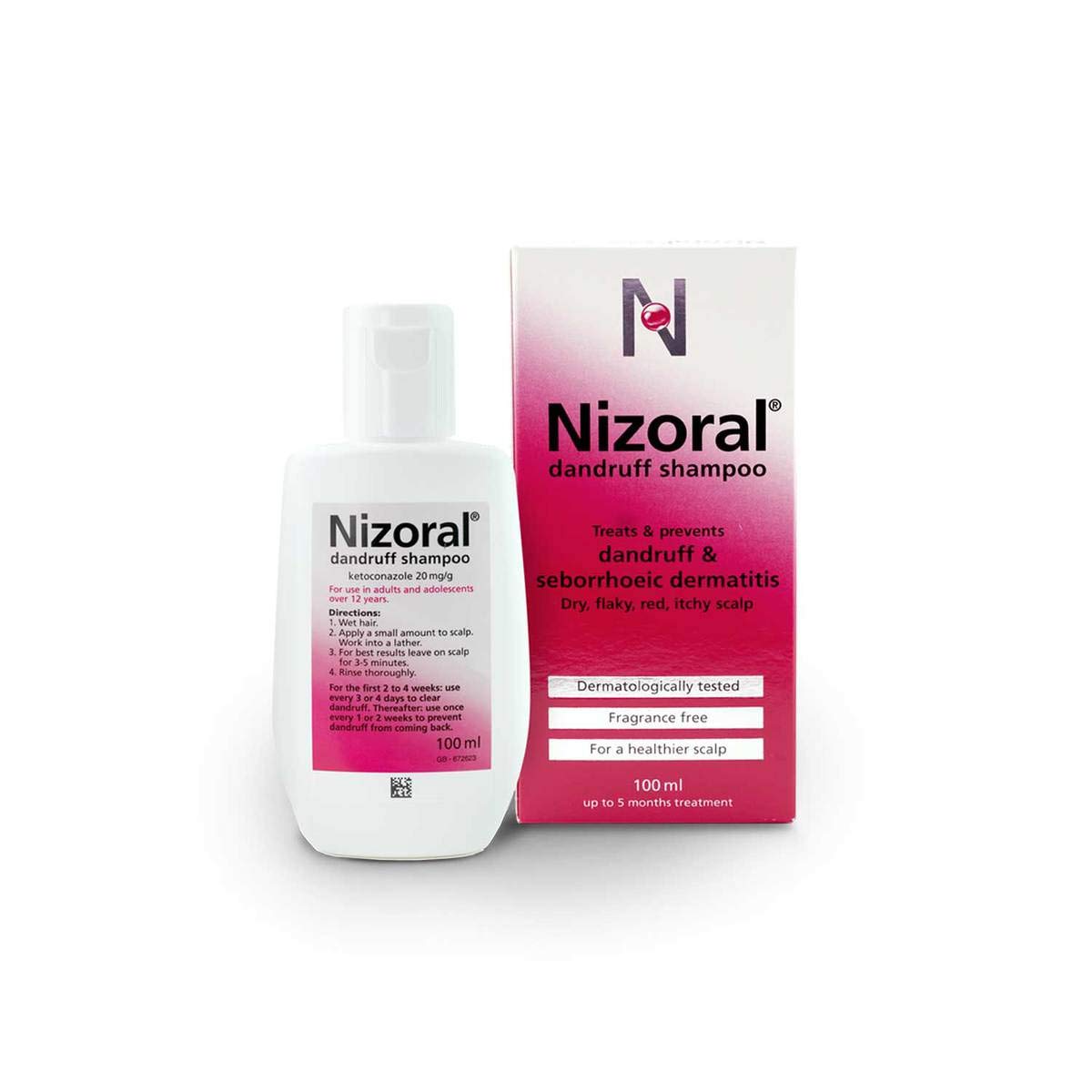
CBT is a type of therapy that aims to help you manage your problems by changing the way you think and behave.
Unlicensed medicines
Many treatments used for vitiligo are unlicensed. “Unlicensed” means the medicine’s manufacturer has not applied for a licence for it to be used to treat your condition. The medicine has not undergone clinical trials to see whether it’s effective and safe in treating your condition.
Doctors may recommend using an unlicensed medicine if they think it will be effective, and the benefits of treatment outweigh any associated risk. Before prescribing an unlicensed medicine, they should inform you it’s unlicensed, and discuss the possible risks and benefits with you.
Page last reviewed: 22 March 2023
Next review due: 22 March 2026
causes, what it looks like, symptoms, signs, treatment, how to get rid of dandruff at home
Causes
Classification
Symptoms
Complications
Diagnosis
Treatment
Prevention
Dandruff – small scales of the epidermis, which, after peeling off, remain on the scalp. Almost every person has experienced this unpleasant condition. These small scales are formed due to the accelerated growth of the main cells of the epidermis in the process of renewal of the cellular layer of the skin.
Almost every person has experienced this unpleasant condition. These small scales are formed due to the accelerated growth of the main cells of the epidermis in the process of renewal of the cellular layer of the skin.
Dandruff is considered a mild manifestation of seborrheic dermatitis. It is not contagious, most often occurs in people aged 15-25 years and very rarely in the elderly. It is believed that this is the result of non-compliance with the rules of personal hygiene. However, in most cases, dermatologists define this condition as the result of a disease.
Causes and triggers
Dandruff never appears on its own, there are always certain reasons for this. The main of them is the defeat of the scalp with a yeast fungus of the genus Malassezia furfur (Pityrosporum ovale). The favorite localization of these fungi is areas of the skin where sebum is present in large quantities.
Among the predisposing factors are:
- heredity – if there are people in the family who suffer from such a problem, then it is very likely that children will also have it;
- increased work of the sebaceous glands, especially in the transitional adolescence with the onset of sex hormones;
- seborrhea – excessive formation of sebum;
- diseases of the nervous system;
- taking certain drugs used in the treatment of mental illness;
- emotional overload;
- intestinal dysbacteriosis;
- diseases of the digestive tract;
- avitaminosis;
- diabetes mellitus;
- the use of chemicals and thermal effects on the scalp.

Why does dandruff still appear? It can occur when using cheap and low-quality shampoos, which include aggressive surfactants, and also be the result of too frequent or, conversely, too rare shampooing.
Dandruff in young children is often the result of an allergic reaction, as well as the wrong choice of scalp care products. In adolescents, it is associated with the transition period and the strengthening of the hormonal system. Often it is diagnosed along with too oily facial skin, as well as acne.
Classification
According to the international classification, dandruff belongs to seborrheic dermatitis. It is customary to distinguish three options:
- Oily dandruff (seborrhea) occurs against the background of increased sebum production. At the same time, the skin and hair are oily and shiny. This type of dandruff is divided into thick and liquid. In the first case, the scales stick together, the hair becomes hard and rough, there are comedones on the skin.
 The second is distinguished by enlarged pores and shiny skin, the scales fit tightly to the skin, and the hair sticks together in strands.
The second is distinguished by enlarged pores and shiny skin, the scales fit tightly to the skin, and the hair sticks together in strands. - Dry dandruff (seborrhea) is the result of minimal sebum secretion by the scalp, which is associated with its increased viscosity. Because of this, the scalp becomes too dry, and the hair is thin and brittle, severe itching appears.
- Mixed form (seborrhea) – when signs of both oily and dry seborrhea appear.
As a result, a lot of scales appear on a person’s head, their number significantly exceeds the norm, so they become visible to the naked eye. If this is accompanied by itching and irritation, and foci of redness appear, then the diagnosis is “Seborrheic dermatitis”. Scales are easily separated from the scalp, fall on clothes. The hair itself becomes thin, brittle, they have split ends.
Dandruff on the head is always an unpleasant phenomenon, and it will not be possible to cope with this problem with cosmetics. It is necessary to consult a dermatologist or trichologist and prescribe medications.
It is necessary to consult a dermatologist or trichologist and prescribe medications.
Symptoms
The symptoms of dandruff are easy to identify. It does not go unnoticed and is a real aesthetic problem for people with this diagnosis. Excessive shampooing and combing, as well as the use of a hair dryer, other chemical and thermal agents, will only exacerbate the existing problem.
The signs of dandruff are especially noticeable in people with dark hair, as against such a background, white scales will be clearly visible both throughout the scalp and along the length of the hair. Among the main manifestations are oily sheen of hair and peeling of the scalp with flaking of a large number of skin flakes. Also, patients note severe itching, redness and increased sensitivity of the skin. Some people start to lose their hair.
A large number of scales in the hair and on clothes is a clear sign that ordinary shampoos cannot cope with the problem. Moreover, their accumulation is not observed everywhere, but only in places of high pressure and in the forehead.
Complications
If dandruff of the scalp is not treated, then in the future, with the aggravation of the process, all kinds of complications can develop. Their list includes:
- Sebopsoriasis with the transition of scaly plaques to other areas of the body.
- Hair loss associated with the overlap of hair follicles with scales, due to which they do not receive oxygen. Sometimes this leads to the death of hair follicles, and then baldness forms in places where such dead tissues are concentrated.
- Pyoderma as a result of constant scratching of itchy skin with nails. An infection gets into the wounds, which can cause suppuration with the formation of boils, abscesses.
- A sebaceous gland cyst that develops due to blockage of its duct, and all the secret of the gland will accumulate inside it.
All this causes severe psycho-emotional discomfort, and a person with such a diagnosis tries to appear less in society. Even with daily shampooing, the problem remains unresolved.
Even with daily shampooing, the problem remains unresolved.
Diagnostics
Identifying dandruff on hair is not difficult at all. It is important to conduct a survey, find the cause and provoking factors that will lead to the further development of seborrhea. Some patients are advised to take a blood test for glucose, thyroid hormones. Examination is performed using a dermatoscope. If necessary, consultations are held with a gastroenterologist, trichologist, endocrinologist.
Differential diagnosis is carried out with psoriasis, irritant dermatitis, trichomycosis, lichen.
Treatment
How to get rid of dandruff forever? Unfortunately, there is no single answer to this question. The first thing to do is to identify and eliminate the cause of the disease.
Dandruff is treated at home using special shampoos, which are bought only in pharmacies. The most popular and effective are:
- “Kertiol” – with sulfur and salicylic acid in the composition.
 With regular use, it helps to get rid of flaking of the scalp, relieves itching and irritation, and eliminates oiliness.
With regular use, it helps to get rid of flaking of the scalp, relieves itching and irritation, and eliminates oiliness. - “Seligel” – recommended for the treatment of dry dandruff in men. Thanks to selenium disulfide, it has a pronounced antifungal effect. The therapeutic component helps for a long time to eliminate the cause of increased peeling – a fungus.
- “Friderm zinc” – has anti-inflammatory, antibacterial, antifungal activity. Gradually accumulating in the cells of the epidermis, zinc does not allow fungi to reactivate and again lead to inflammation.
- “Kelual DS” – recommended for use in case of exacerbation of the disease. Most often used for dandruff in women in the autumn-winter period. Helps to neutralize the action of the fungus, reduces the production of sebum, eliminates itching and redness of the scalp.
- Nizoral is one of the popular antifungal agents. However, after stopping use, the risk of recurrence of symptoms is high.
 Recommended for use in teenagers.
Recommended for use in teenagers. - “Sebozol” is a popular remedy in the treatment of diseases caused by fungi that live on the skin and scalp. It also helps in the treatment of seborrhea and lichen.
Use dandruff shampoo only need a therapeutic effect. With it, you should wash your hair 2 times a week, and you need to not only apply the product to your hair, but also carefully rub it into the scalp, and then leave it for 5-10 minutes, then rinse with water. There is also a soap for dandruff, which can be based on the same medicinal ingredients as in shampoos. Most often, doctors recommend tar and sulsen for use.
If within 3 weeks of this treatment the number of skin scales does not decrease or does not disappear at all, you should seek medical advice.
What else should I do if I have dandruff? Dandruff remedies can be supplemented with a balanced diet, avoiding fatty and sugary foods. The diet must contain fermented milk products, as well as vitamin-mineral complexes and fiber.
Prevention
Unfortunately, there are actually no effective measures to prevent dandruff. Despite the fact that it is not so difficult to eliminate the main symptom, scales on the hair, it is necessary to identify and eliminate the cause of the disease. On the recommendation of a dermatologist, it is necessary to wash your hair often using a selected shampoo, eat right, not expose yourself to severe stress and give up bad habits. If you do not start treatment in a timely manner, then over time this problem will develop into a more severe form – dermatitis.
The author of the article:
Shapovalova Valeria Olegovna
cosmetologist, dermatologist, trichologist
work experience 7 years
reviews leave feedback
Clinic
m. Sukharevskaya
Reviews
Services
- Name
- Primary appointment (examination, consultation) with a dermatovenereologist (specialist in trichology) 2300
- Repeated appointment (examination, consultation) with a dermatovenereologist (specialist in the field of trichology)1900
Health articles
All articlesAllergistGastroenterologistHematologistGynecologistDermatologistImmunologistInfectionistCardiologistCosmetologistENT doctor (otolaryngologist)MammologistNeurologistNephrologistOncologistOphthalmologistProctologistPsychotherapistPulmonologistRheumatologistTraumatologist-orthopedistTrichologistUrologistPhlebologistSurgeonEndocrinologist
Our doctors
Specialization of the doctorAllergistAndrologistAnesthetistPediatrician house callPaediatrician house callGastroenterologistHematologistGynecologistBreastfeedingDermatologistPediatric allergologistPediatric gastroenterologistPediatric gynecologistPediatric dermatologistPediatric infectious disease specialistPediatric cardiologistPediatric ENT specialistPediatric chiropractorPediatric massagePediatric neurologistPediatric neurologist phrologistPediatric oncologistPediatric osteopathPediatric ophthalmologistPediatric psychiatristPediatric traumatologistPediatric urologistPediatric surgeonPediatric endocrinologistPediatric departmentDietologistImmunologistInfectionistHeadache roomCardiologistCosmetologistENT doctor (otolaryngologist)MammologistManual therapistMassageNarcologistNeurologistNeurologistNephrologistOncologistOperational unitOsteopathOt department of pediatrics m. TherapistTraumatologist-orthopedistTrichologistUltrasound (ultrasound examination)UrologistPhysiotherapistPhlebologistSurgeonEndocrinologistAesthetic gynecologyClinics. Smolensk. Taganskaya. Street 1905 years. Red Gates. AvtozavodskayaPharmacy. Glades. Sukharevskaya. st. Academician Yangelam. Frunzenskaya Zelenograd
TherapistTraumatologist-orthopedistTrichologistUltrasound (ultrasound examination)UrologistPhysiotherapistPhlebologistSurgeonEndocrinologistAesthetic gynecologyClinics. Smolensk. Taganskaya. Street 1905 years. Red Gates. AvtozavodskayaPharmacy. Glades. Sukharevskaya. st. Academician Yangelam. Frunzenskaya Zelenograd
Kapshay Leyla Rafikovna
dermatologist, cosmetologist, trichologist
reviews
Make an appointment
Clinic
m. Taganskaya
Papugin Andrey Vladimirovich
dermatovenereologist, cosmetologist, trichologist
reviews
Make an appointment
Clinic
m. Sukharevskaya
How to stop the course of vitiligo and what drugs work more effectively?
Vitiligo is considered one of the most mysterious and unexplored dermatological diseases. It is particularly resistant to treatment, leaves noticeable marks on the body and frightens others. What is vitiligo and what to do if the disease has made itself felt?
It is particularly resistant to treatment, leaves noticeable marks on the body and frightens others. What is vitiligo and what to do if the disease has made itself felt?
Vitiligo: acquired or genetic?
Skin color is determined by four pigments: melanin, carotene, hemoglobin and reduced hemoglobin. Any changes in their production are reflected in our body. Especially noticeable is the failure in the production of melanin. Such malfunctions in the body are referred to as acquired skin dyschromia, although every third case of the disease is genetically acquired.
What is important to know when starting to treat vitiligo?
This is not a contagious disease.
It does not increase the risk of skin cancer.
Does not cause itching and pain and, apart from an aesthetic defect, does not harm health.
How the disease manifests itself
In simple terms, vitiligo is a skin pigmentation disorder that is accompanied by depigmented (white) spots.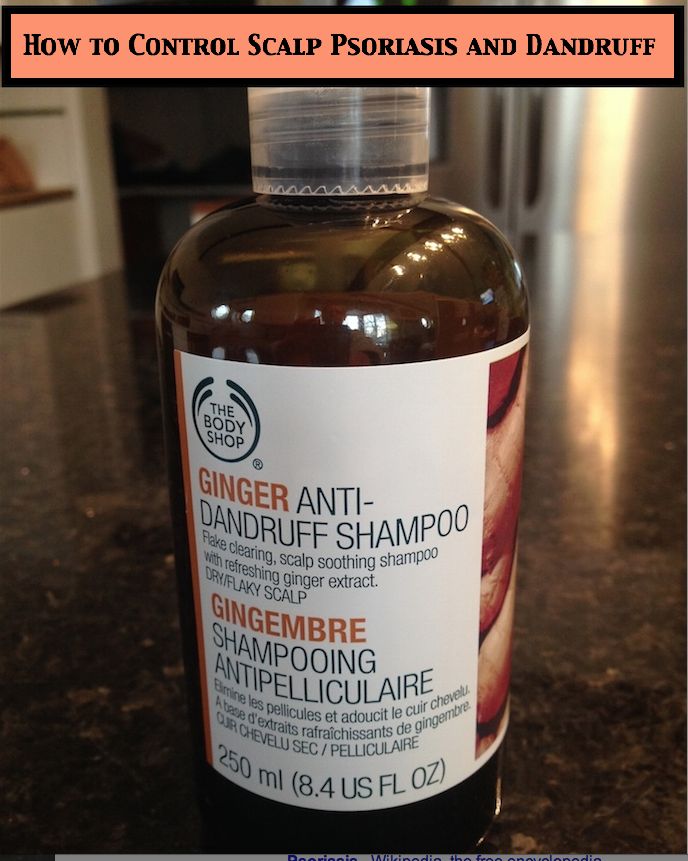 Vitiligo is insidious in that it can manifest itself at any age (especially often in women from 10 to 30 years old). Moreover, not only the skin changes color, but also the hair, fat and sweating practically disappear. Often, against the background of vitiligo, solar dermatitis develops, the color of the eye begins to change, melanin is lost on the mucous membranes. The spots on the skin constantly increase in size, begin to grow together with each other.
Vitiligo is insidious in that it can manifest itself at any age (especially often in women from 10 to 30 years old). Moreover, not only the skin changes color, but also the hair, fat and sweating practically disappear. Often, against the background of vitiligo, solar dermatitis develops, the color of the eye begins to change, melanin is lost on the mucous membranes. The spots on the skin constantly increase in size, begin to grow together with each other.
Diagnosing symptoms is very simple, but starting treatment for vitiligo is the opposite – often the doctor simply does not know which method is best and selects the option by exclusion. Despite the fact that vitiligo spots are almost impossible to confuse with something else, to clarify the diagnosis, the doctor always prescribes examinations for pityriasis versicolor; true, chemical and post-inflammatory leukoderma. It is important to exclude these diseases so as not to aggravate them with improper treatment.
What can cause vitiligo?
Violation of the thyroid gland, adrenal glands, pituitary gland and gonads.

Stress and mental trauma.
Autoimmune causes.
Heredity.
Which method of treatment of vitiligo is more effective: drugs or physiotherapy?
A complete cure for vitiligo is almost impossible. Cosmetologists and dermatologists are constantly improving methods, but it has not yet been possible to bring out the ideal method. Nevertheless, you should not refuse treatment. If you can’t get rid of all the spots on the skin, then at least you can always stop their development. And now we are not talking about the method of tattooing, which removes only the outlines of spots and does not guarantee that they will not grow further.
PUVA therapy
The classic treatment for vitiligo. It includes irradiation of affected areas with UV radiation and taking photosensitizing drugs. It is important that only a doctor can choose the optimal dose of drugs, he also regulates the intensity of the UV lamp radiation. Provided that you start treatment on time, normal pigmentation will resume after a few sessions.
Provided that you start treatment on time, normal pigmentation will resume after a few sessions.
It can be external and general – foci of depigmentation are treated with creams, injections, drugs are taken orally.
This includes oral copper preparations and electrophoresis. This therapy is prescribed in combination with another to increase the copper content in the body (this is a typical symptom in vitiligo).
Diet therapy
Doctors recommend eating more seafood and vegetables during treatment. Cod liver, lamb, cabbage, apples, rice, tomatoes, oats, corn are especially useful.
Phytotherapy
It is prescribed as an auxiliary element of treatment – taking decoctions and tinctures with echination, for example, increases the number of T-lymphocytes. The result of herbal medicine can be noticeable only after six months.
For vitiligo, complex treatment is considered the most successful, which includes UV irradiation with a machine (physiotherapy), medication, creams and diet.

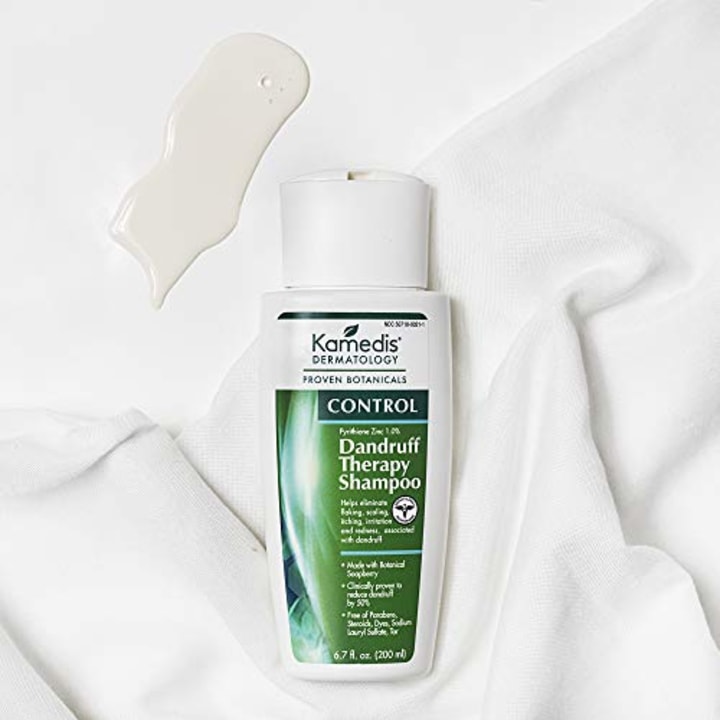
 The second is distinguished by enlarged pores and shiny skin, the scales fit tightly to the skin, and the hair sticks together in strands.
The second is distinguished by enlarged pores and shiny skin, the scales fit tightly to the skin, and the hair sticks together in strands.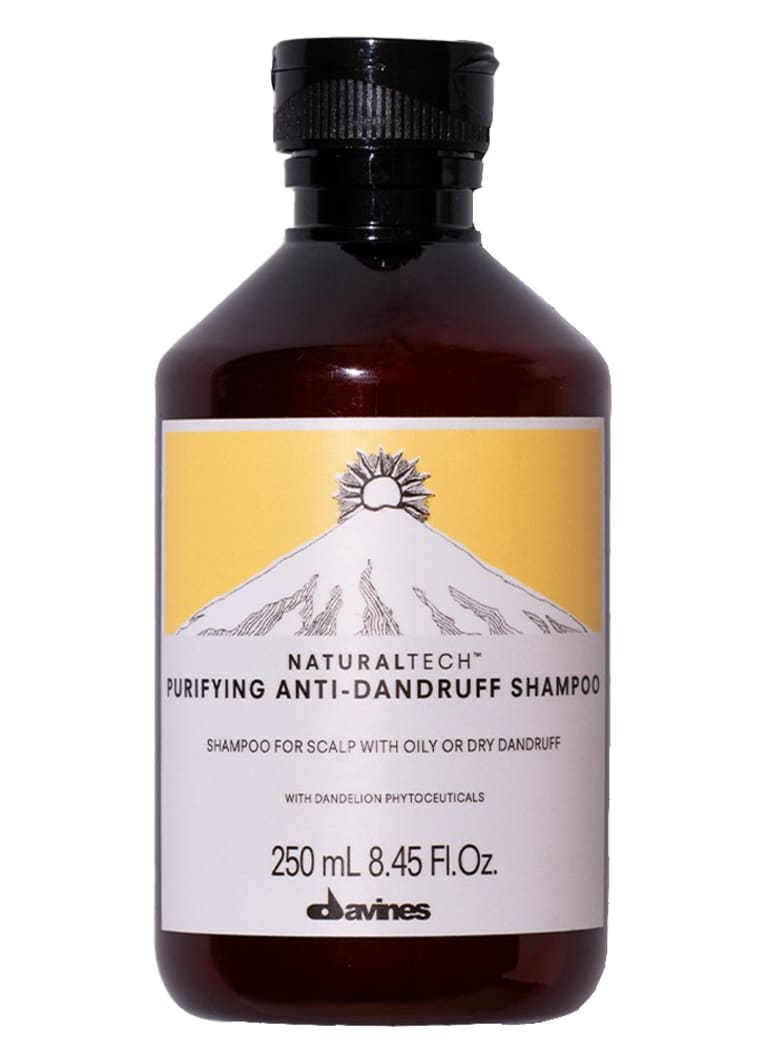 With regular use, it helps to get rid of flaking of the scalp, relieves itching and irritation, and eliminates oiliness.
With regular use, it helps to get rid of flaking of the scalp, relieves itching and irritation, and eliminates oiliness. Recommended for use in teenagers.
Recommended for use in teenagers.